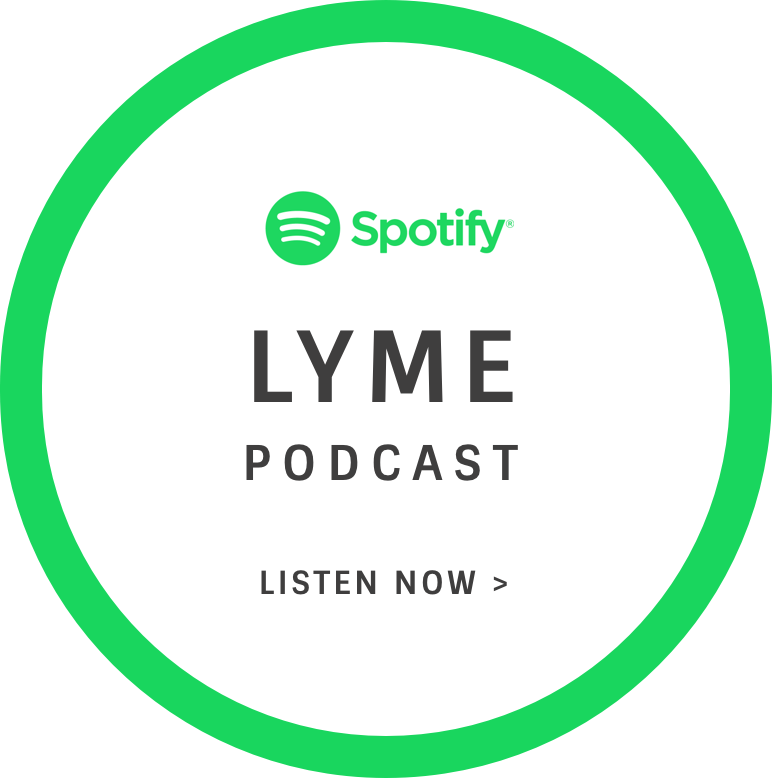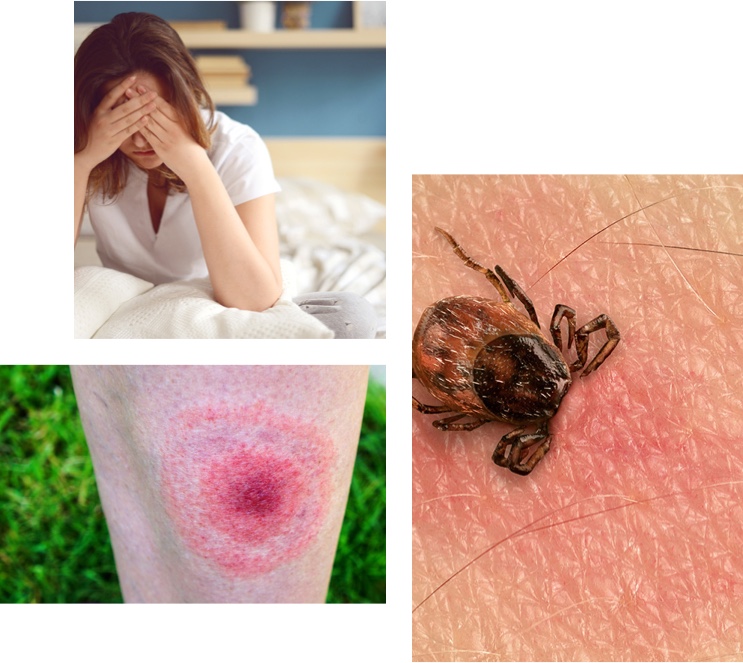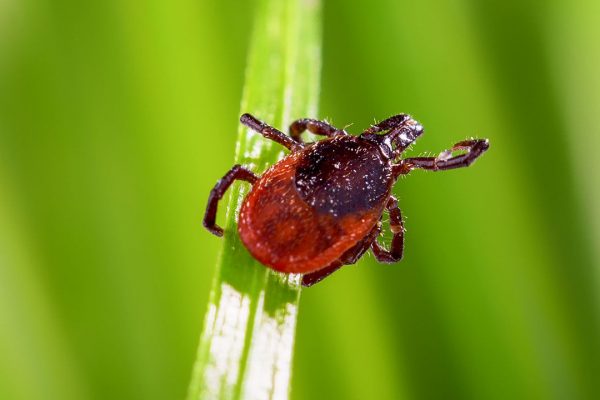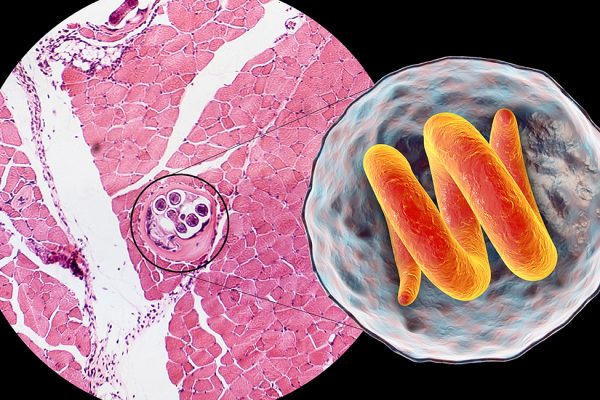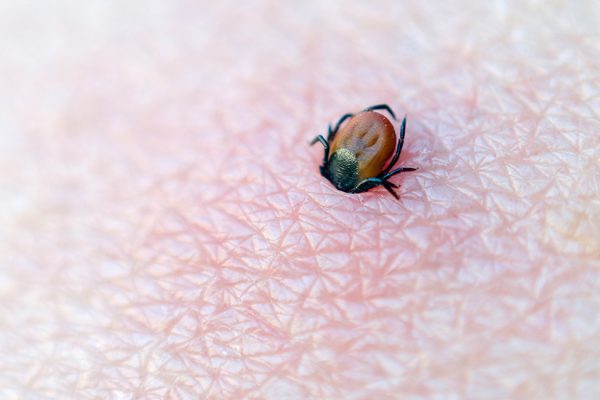The Cause of Lyme Disease
Ticks move from animal, or plant to human. A person strokes a pet, brushes past a bush and a tick attaches itself. The tick then makes its way up the trouser leg, arm, back or hair, they are so small that we do not feel them. Adult ticks only measure 2-3.5mm, making them virtually invisible to the naked eye.
Ticks are basically external parasites meaning they live or feed on a host, or both. In this case the ticks feed on blood. Once the tick finds a favourable feeding spot, they have sensors to find heavily blooded areas, they first secrete saliva which has an aesthetic property numbing the area.
This means you will not feel the bite, they then insert their feeding tubes. The tick will then fall off bloated with blood. Ticks can carry a multitude of other infections and depending on how infected they are will depend on how much the bite will effect each individual. The effects are also dependent on the person’s health and immune function at the time.
Correct tick removal is essential, if scratched off the tick will break off and become lodged. Ticks are found in heavily wooded areas, so for disease control and prevention (CDC) proper clothing is required to prevent Lyme disease when entering these areas.
![]()
Diagnosis of Lyme Disease
Blood tests are a troubling subject, because of several reasons. Accuracy of test result, total lack of knowledge in the NHS, reluctance from UK doctors to send patients for a blood test, no governmental funding, and the tests are not fit for purpose because borrelia is a stealth infection that hides throwing up many false negatives. The NHS offer two tests, initially if it is considered appropriate by the Doctor you will get an Enzyme Linked Immunosorbent Assay (ELISA). If the test is positive, your blood will be sent to a national laboratory for a repeat ELISA test and then a western blot test.
